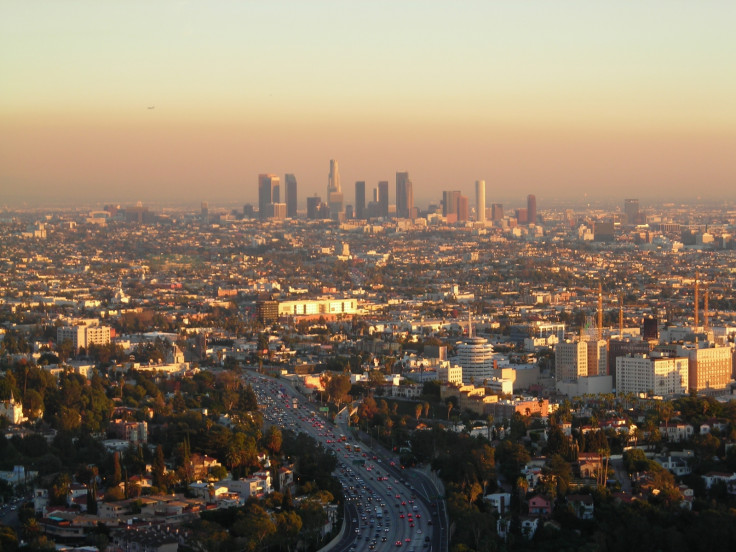US hit by smog from heatwaves in the east and Asian ozone in the west
Researchers say the US should reduce its own NOx emissions further to reduce smog in the west.
Heatwaves worsen smog in the east of the US while pollution drifting over from Asia makes it worse in the west, a new study finds.
The study traced the sources of smog, or ground-level ozone, from the 1980s to today, and found that pollution emitted in Asia is causing the amount of smog in the western US to increase, despite 50% cuts in smog-causing pollutants in the US.
In the west of the US, emissions from wildfires contributed less than 10%, methane from livestock contributed about 15%, and air pollution originating
in Asia contributed about 65%, according to the study published in the journal Atmospheric Chemistry
and Physics.
The pollution originated in countries including China, North and South Korea, Japan and India. The emissions of nitrogen oxides - or NOx gases - from these countries have tripled since 1990. The origins of the pollutants explain why NOx levels in western areas of the US, such as Yellowstone National Park, tend to rise in the spring, as the prevailing winds across the Pacific from Asia are strongest in this season.
In the eastern US, cuts to NOx gas emissions have led to a decrease in smog as much less Asian ozone reaches this region. However, heatwaves are associated with spikes in smog in the eastern US, and have been becoming more frequent in recent years. The number and severity of heatwaves is expected to increase with climate change.
"Increasing background ozone from rising Asian emissions leaves less room for local production of ozone before the federal standard is violated," said study author Meiyun Lin of Princeton University and the National Oceanic and Atmospheric Administration's Geophysical Fluid Dynamics Laboratory in a statement.

The researchers emphasised that an influx of pollution from Asia added to the urgency of cutting US emissions of NOx gases.
"Twenty years ago, scientists first speculated that rising Asian emissions would one day offset some of the US's domestic ozone reductions," said Owen Cooper, a scientist at the University of Colorado and NOAA, who was not involved in the research. "This study takes advantage of more than 25 years of observations and detailed model hindcasts to comprehensively demonstrate that these early predictions were right."
© Copyright IBTimes 2025. All rights reserved.






















